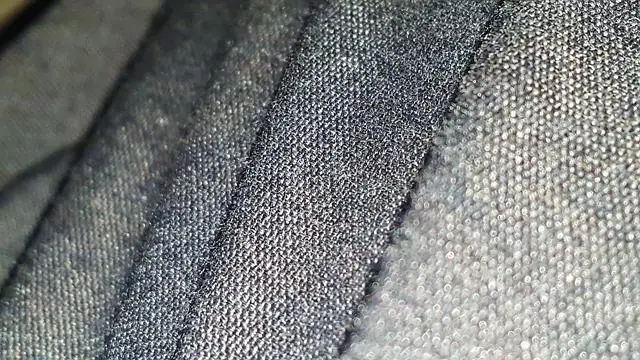When it comes to laundry, the question of whether you can put 100% polyester in the dryer is one that many people ponder. Polyester, a synthetic fiber, has become a staple in clothing manufacturing due to its durability, wrinkle-resistance, and quick-drying qualities. However, knowing how to properly care for polyester garments extends beyond a simple wash-and-dry routine. There are many factors to consider to maintain the integrity of the fabric and ensure your clothes last longer.
Understanding Polyester
Polyester is a man-made fiber created through a chemical reaction involving petroleum-based products. It’s known for its strength, flexibility, and resistance to shrinking and stretching. While these properties make polyester a popular choice for various clothing items—from casual wear to high-performance athletic gear—it’s important to distinguish how these characteristics interact with drying methods.
Can You Put Polyester in the Dryer?
Yes, you can put 100% polyester in the dryer. However, there are caveats to consider. When drying polyester, it’s advisable to use a low heat setting or a delicate cycle. High temperatures can damage the fibers, causing them to lose their elasticity and strength over time. This may result in a garment that looks misshapen or worn before its time. But if you follow the appropriate guidelines, drying polyester can be a seamless part of your laundry routine.
Drying Techniques for Polyester
There are several techniques to effectively dry polyester that can enhance both the garment’s longevity and its appearance. Here’s a closer look:
1. Tumble Dry Low
Setting your dryer to a low heat setting is generally the safest practice. This allows the polyester fibers to dry without being exposed to the harsh effects of high temperatures. Check your dryer’s manual for specific settings aimed at synthetic materials. Additionally, ensure to remove the items promptly when the cycle is complete to minimize wrinkles.
2. Air Drying
If you want to be extra cautious or if the garment is particularly delicate, air drying is an excellent alternative. Simply hang the polyester item on a clothesline or a drying rack. Ensure it is placed in a well-ventilated area to prevent mildew development. Air drying may take longer, but it significantly reduces the risk of damage.
3. Use Dryer Balls
For those who prefer to use the dryer, adding dryer balls can help improve airflow between the garments, resulting in a faster and more effective drying process. They prevent the clothes from clumping together, which can sometimes cause uneven drying or wrinkles.
Consequences of High Heat
Using high heat can cause irreversible damage to polyester, leading to several issues. First, it can cause the fabric to pill—the formation of small balls of fibers that can make garments look old and worn out. Additionally, prolonged exposure to high temperatures can alter the structural integrity of polyester, leading to shrinkage or melting. Thus, it is crucial to carefully monitor and adjust your dryer settings according to the type of polyester fabric you are drying.
Guidelines for Different Types of Polyester Fabrics
Not all polyester fabrics are created equal. There’s a spectrum of polyester blends and finishes, each requiring unique care:
- Polyester Blends: Many garments are made from a combination of polyester and other materials, like cotton or rayon. These blends might require different care instructions. Always check the care label for specific drying instructions.
- Performance Fabrics: Athletic wear often incorporates polyester due to its moisture-wicking properties. While they can also be dried, stick to the low heat setting to maintain these functional qualities.
- Decorative Polyester: Items such as curtains or tablecloths made from polyester may be more susceptible to damage if put in a dryer. For textured or intricate patterns, air drying is usually the safest option.
Ironing and Storing Polyester
Should you choose to iron polyester, it’s best to do so on a low setting or using a cloth as a barrier to avoid direct contact with the fabric. Storing polyester garments should be done in a cool, dry place to prevent moisture from causing issues like fading or mildew. Hanging items is preferable to folding, as this can help maintain the garment’s shape.
Conclusion
In summary, putting 100% polyester in the dryer is permissible, but it comes with essential precautions to ensure the fabric retains its quality and durability. By adhering to low heat settings, opting for air drying when feasible, and understanding the versatile nature of polyester, you can extend the lifespan of your polyester garments. With the right knowledge and care techniques, you can keep your clothing looking as fresh and vibrant as the day you bought them.
